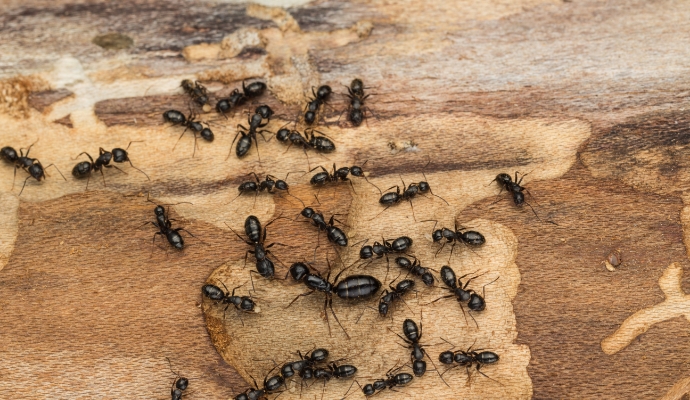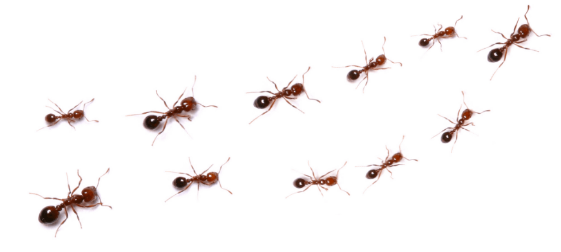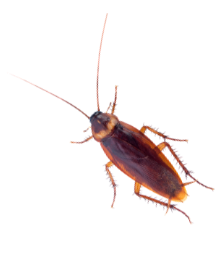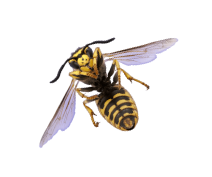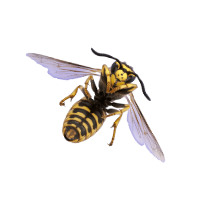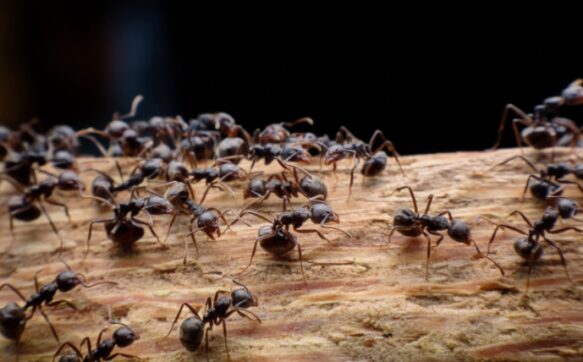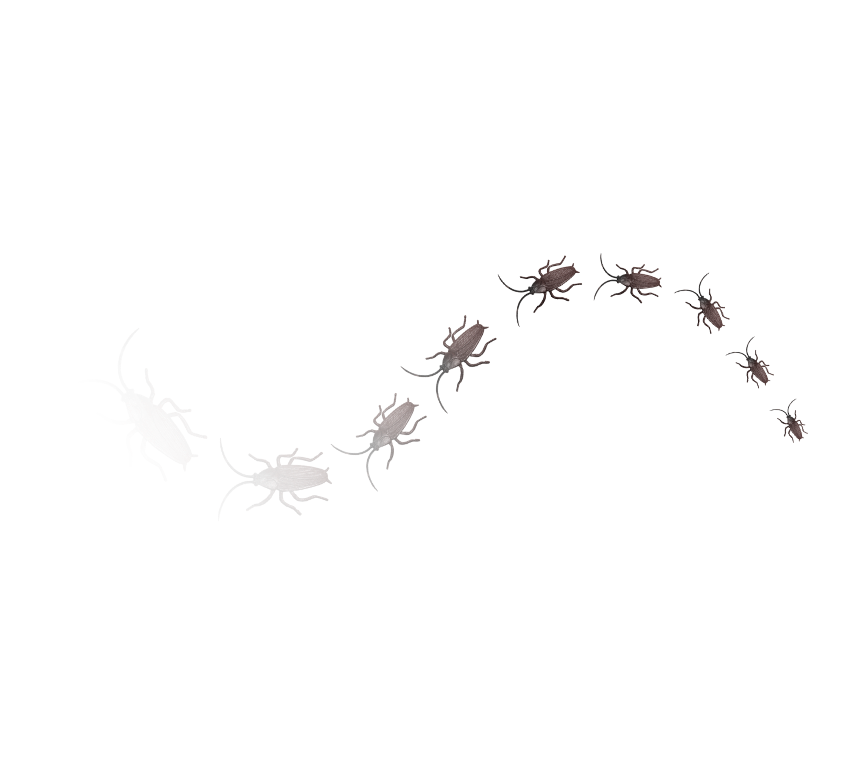
Effective ant control requires an understanding of their behavior, the environmental cues that attract them, and a strategic approach to prevent and eliminate infestations.
Ants are social insects, living in colonies that can range from a few dozen to several million individuals, depending on the species. These colonies are highly organized, with ants divided into different roles such as workers, soldiers, and queens. Worker ants are the ones most commonly seen by humans as they forage for food and water. The colony’s survival depends on the workers’ ability to find and transport resources back to the nest, a process that can lead ants into homes.
Ants are primarily attracted to homes in search of food and water, especially during dry conditions or when their natural food sources are scarce. Once a worker ant finds a food source, it leaves a pheromone trail back to the colony, leading other ants directly to the location. This behavior can result in large numbers of ants quickly converging on food items, spills, or pet food dishes inside homes.
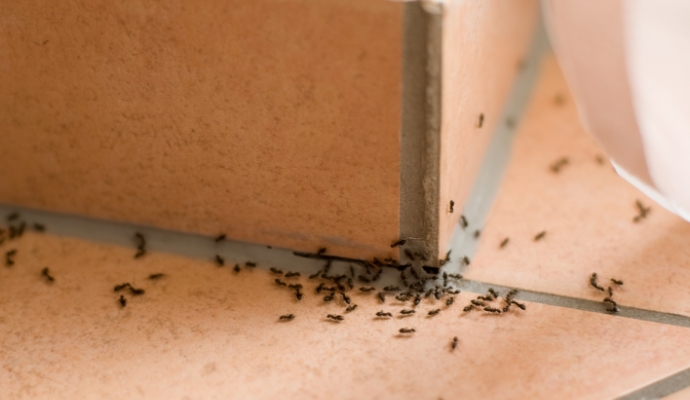
Detecting an ant infestation early can help prevent the colony from establishing itself more firmly within or around a home. Signs include:
Visible trails of ants, especially leading to food or water sources.
The presence of ant nests, which can look like small piles of soil or dirt, in the yard or near the home’s foundation.
Accumulation of small, granular debris inside, which could be remnants from the ants’ construction activities
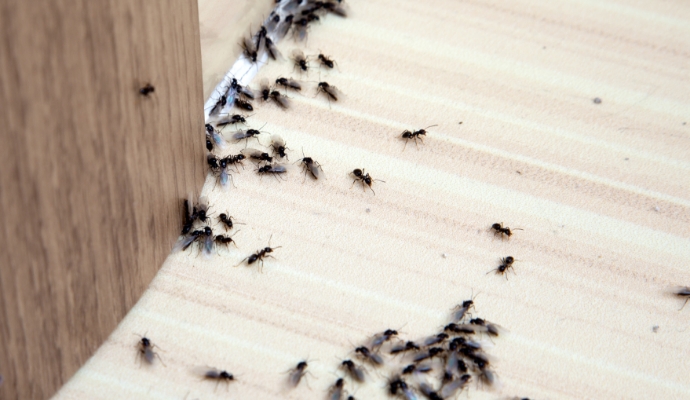
Effective ant management involves an IPM approach that combines preventive measures with direct control methods:
Eliminate Attractants: Keep kitchens clean, store food in sealed containers, manage garbage and recycling promptly, and address moisture issues.
Seal Entry Points: Caulk cracks and crevices around doors, windows, and other entry points to prevent ants from entering the home.
Natural and Chemical Ant Baits: Baits can be effective in controlling ant populations. Worker ants carry the bait back to the colony, where it can kill the queen and other ants. Choose baits appropriate for the ant species and follow label instructions carefully.
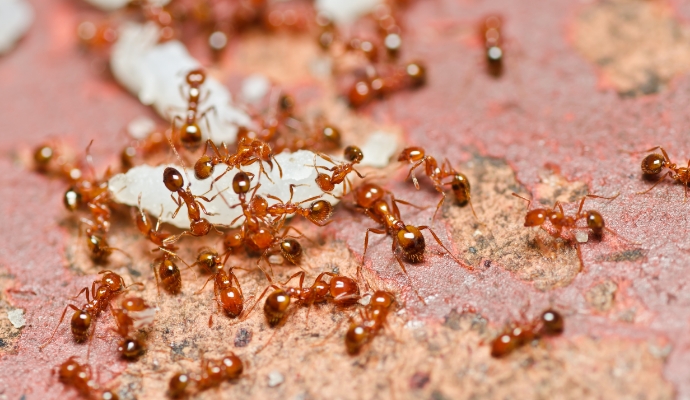
In cases of large or stubborn infestations, professional pest control services may be necessary. These experts can identify the ant species, locate nests, and implement a targeted control strategy that may include baits, non-repellent insecticides, and physical barriers to prevent re-entry.
Prevention is key to keeping ant populations under control. Regular inspection and maintenance of the home’s exterior, proper landscaping to avoid direct contact of plants with the house, and vigilant cleanliness indoors can help minimize the risk of ant infestations.
Understanding the habits and needs of ants is the first step in preventing them from becoming unwelcome guests in your home. By combining effective preventive measures with targeted control strategies, homeowners can manage ant populations and protect their homes from these persistent invaders.
